This frieze decorated the studio of the landscape painter Homer Watson (1855–1936). Soon after his marriage in 1881, he and his wife, Roxa, rented the upper part of a solidly built house in Doon, Ontario. When the couple bought the property in 1893, Watson’s career was in full bloom, and he took advantage of his comfortable income to build a long-needed studio addition onto the house. He then decorated both it and the original studio with a painted frieze that still runs along the full length of the walls, immediately below the ceiling.
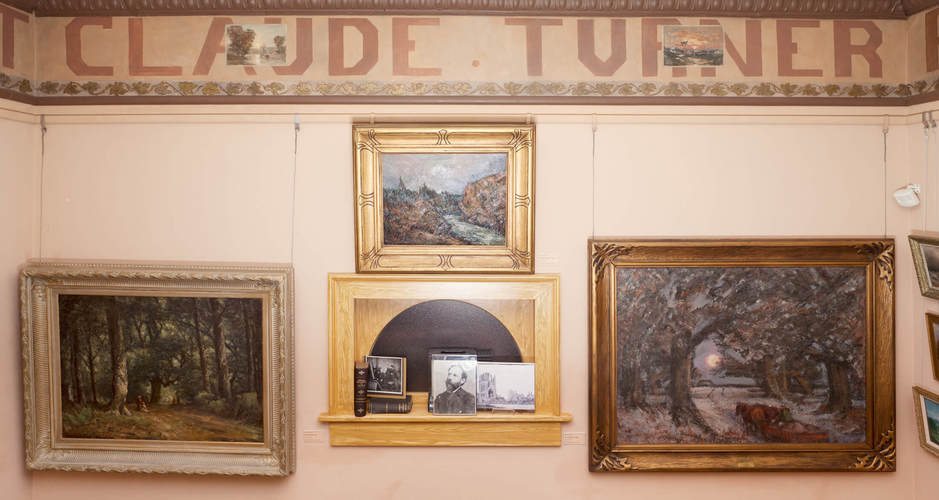
Homer Watson, studio frieze (detail), 1893–1894
Oil on plaster wall, 48 x 5,000 cm (original studio) and 40 x 6,814 cm (studio addition), Homer Watson House & Gallery, Kitchener
The frieze is a tribute to thirteen European landscape painters who were especially admired by Watson: Claude Lorrain (c.1600–1682), John Constable (1776–1837), Jean-Baptiste-Camille Corot (1796–1875), Charles-François Daubigny (1817–1878), Narcisse Díaz de la Peña (1807–1876), Thomas Gainsborough (1727–1788), Meindert Hobbema (1638–1709), Jules Bastien-Lepage (1848–1884), Jean-François Millet (1814–1875), Salvator Rosa (1615–1673), Théodore Rousseau (1812–1867), J.M.W. Turner (1775–1851), and Jacob van Ruisdael (1628–1682). Superimposed over each name are one or (more rarely) two small landscapes conceived by Watson in that artist’s style. The studio frieze is as much a personal nod to artists who enriched Watson’s own work as it is a recognition of landscape painting’s rich history.
Watson believed that all worthwhile art was grounded in tradition. His studio frieze offers visual confirmation of that conviction by paying homage to the European painters he—and the majority of other Canadian landscape painters of the time—most admired.
This Spotlight is excerpted from Homer Watson: Life & Work by Brian Foss.
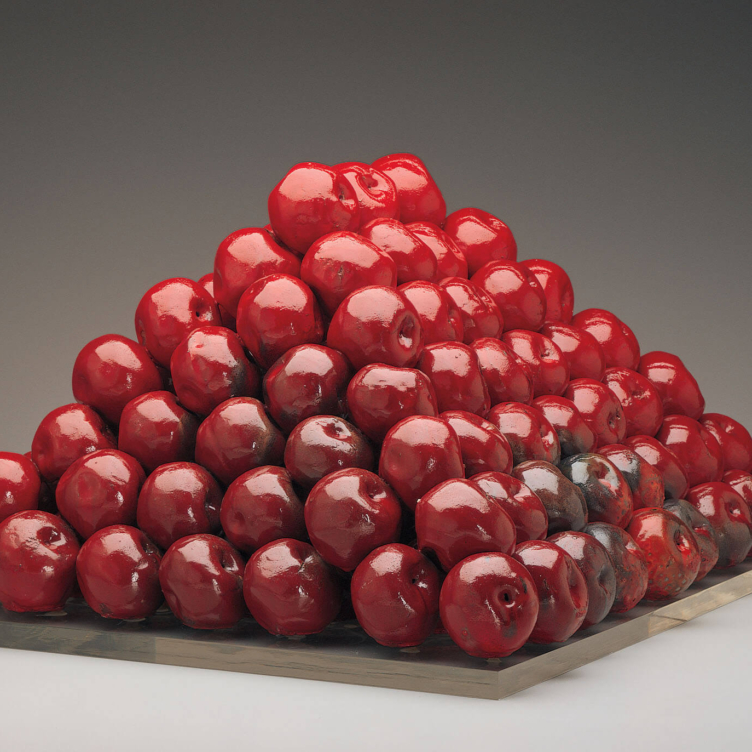 Pyramid Scheme
Pyramid Scheme
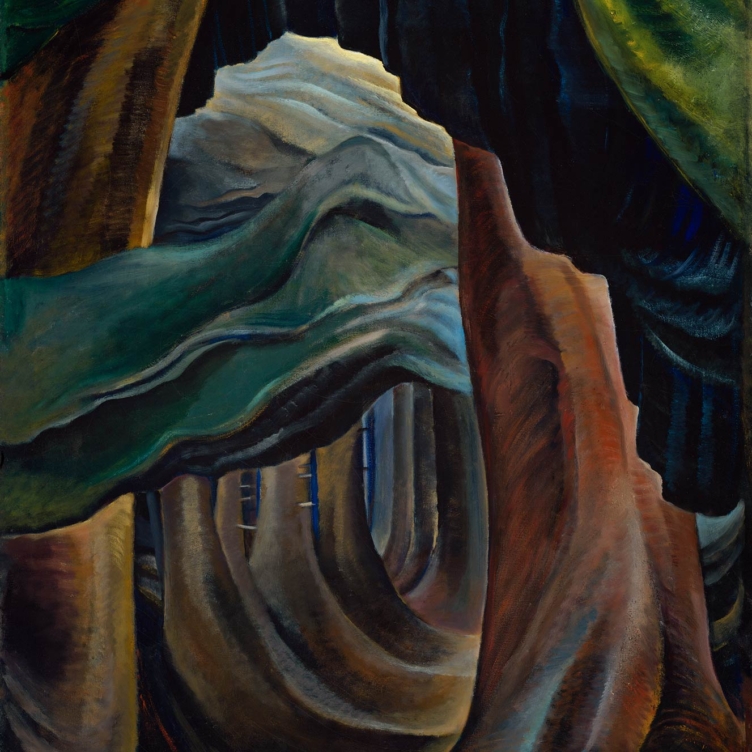 Transportive Trunks
Transportive Trunks
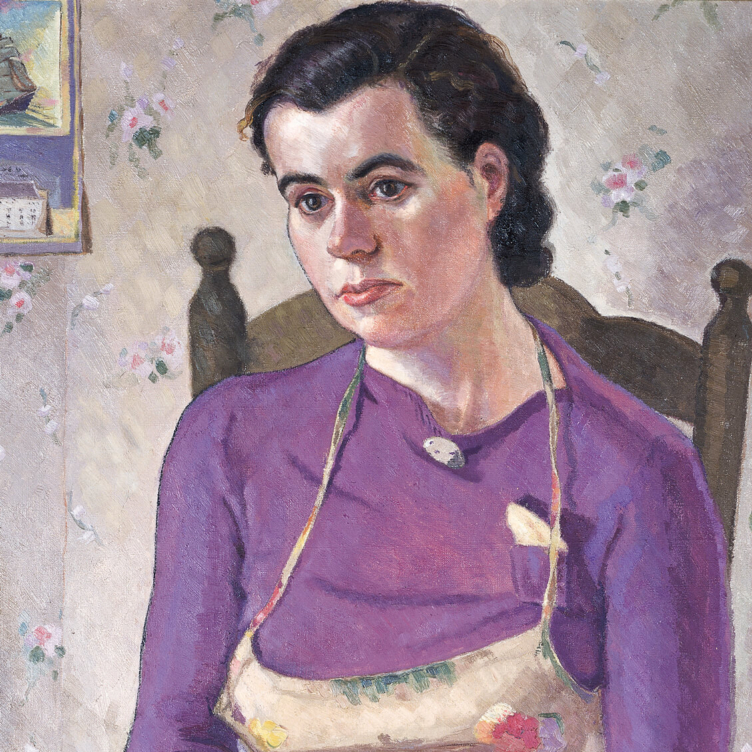 The Military Mate
The Military Mate
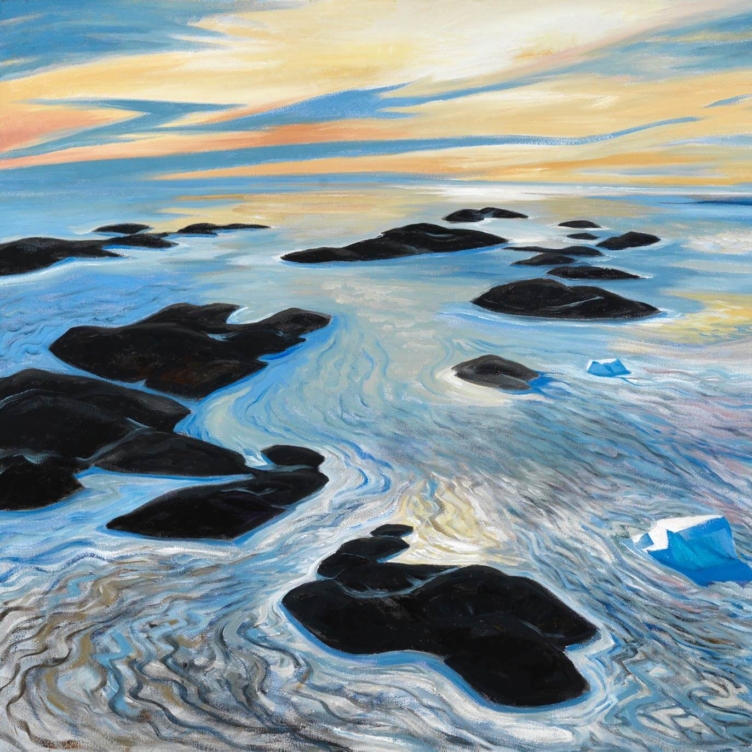 Looking Up on the World
Looking Up on the World
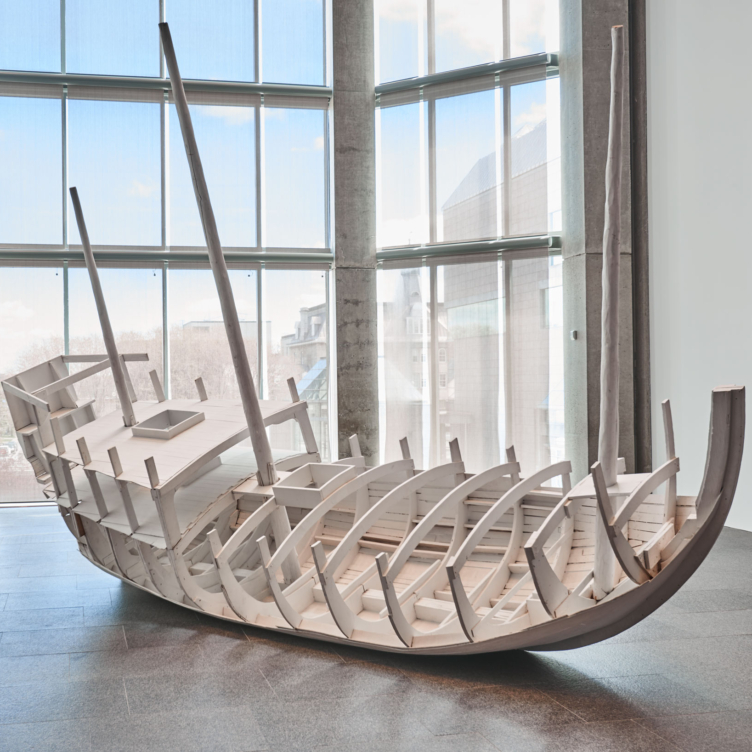 Vessel of Despair
Vessel of Despair
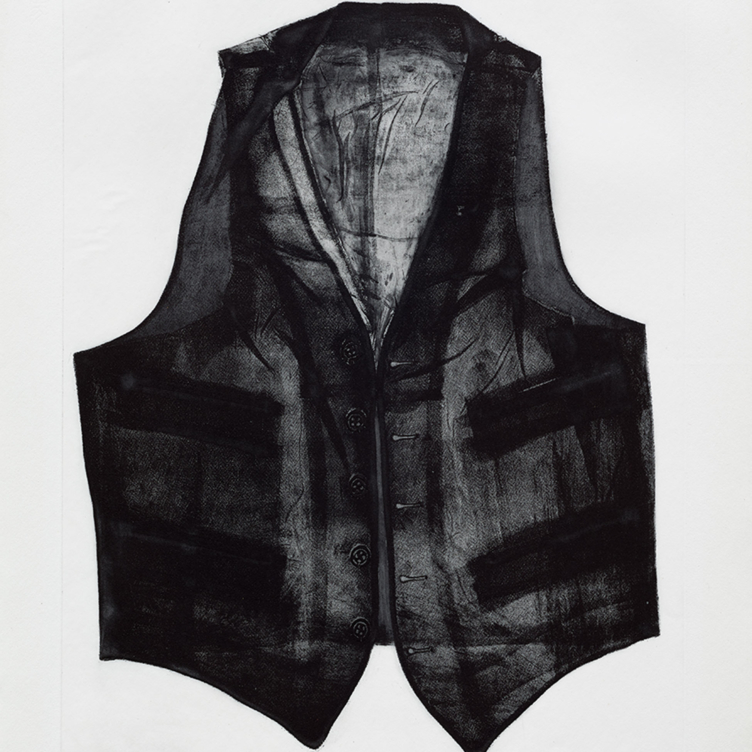 Layers of Meaning
Layers of Meaning
 In Parallel to Nature
In Parallel to Nature
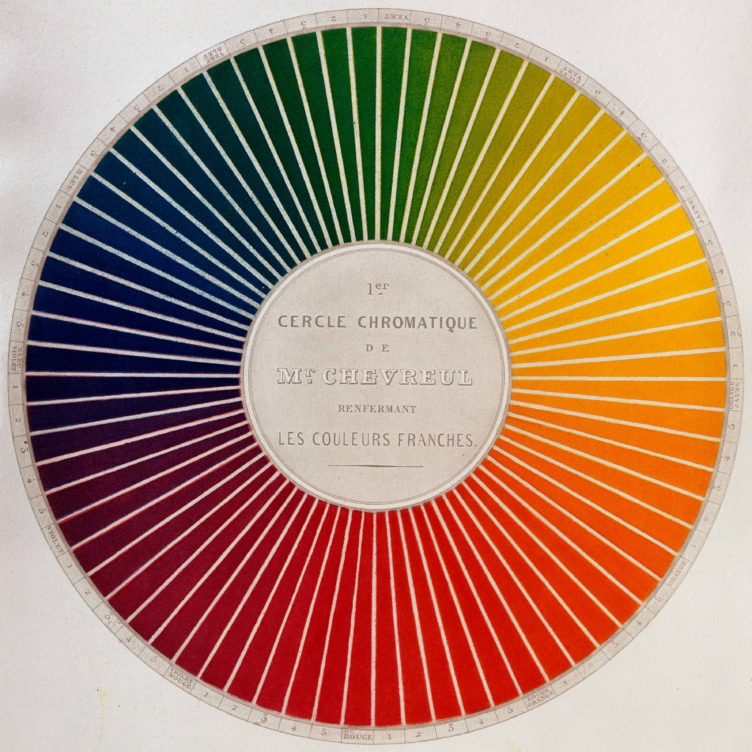 Wheel of Fortune
Wheel of Fortune
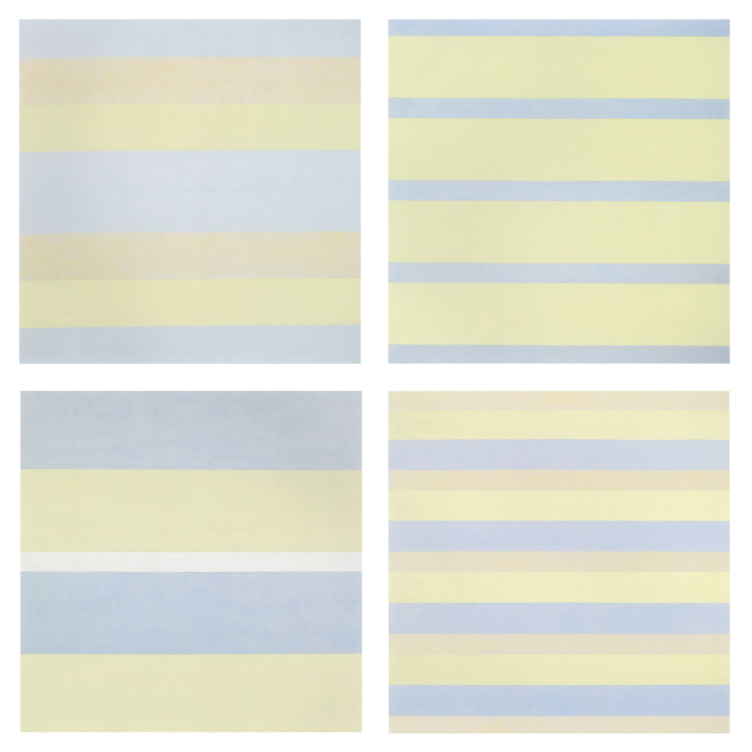 Paintings after emotional states
Paintings after emotional states
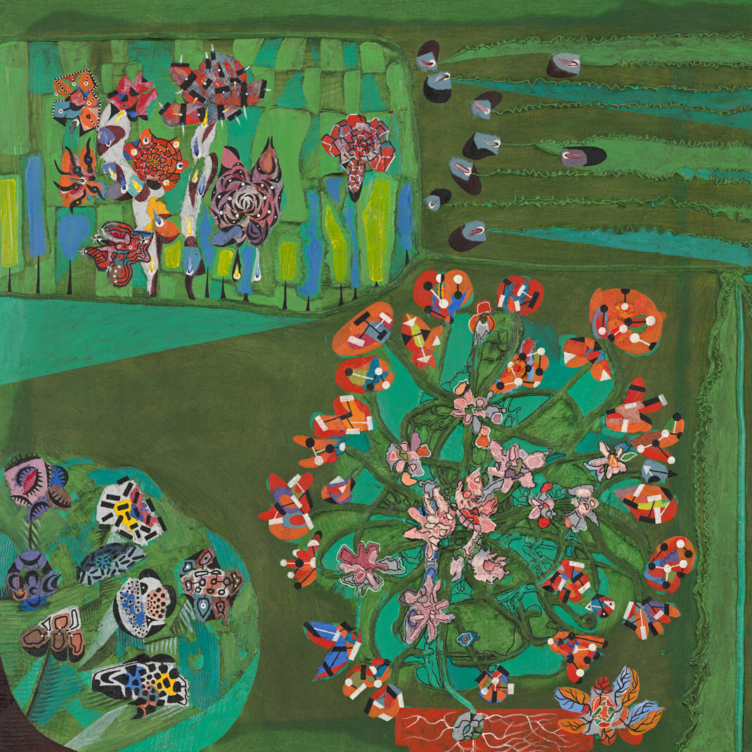 Garden of Delight
Garden of Delight
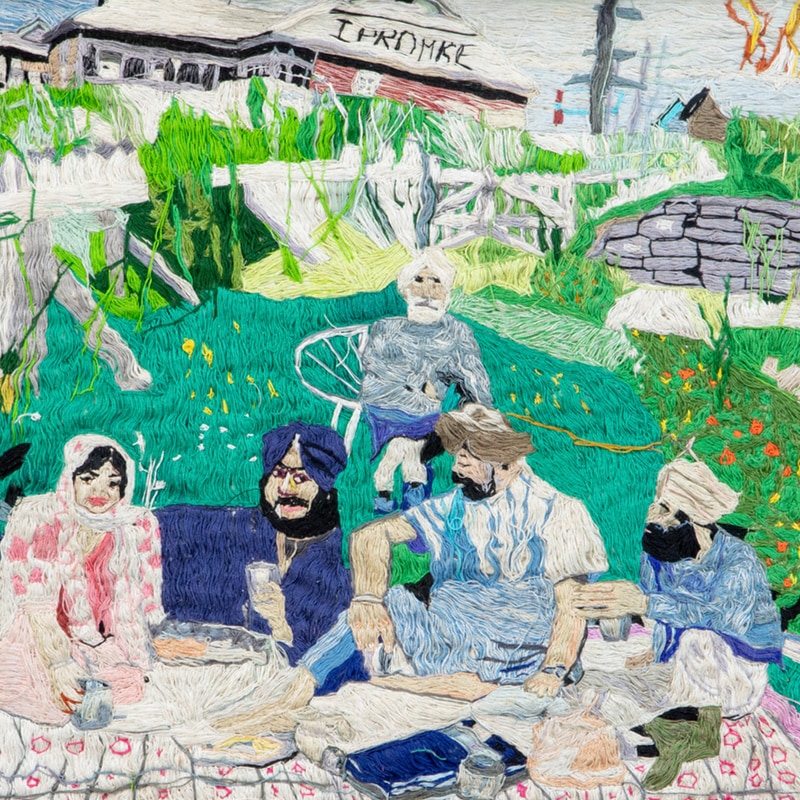 Stitching the Archives
Stitching the Archives
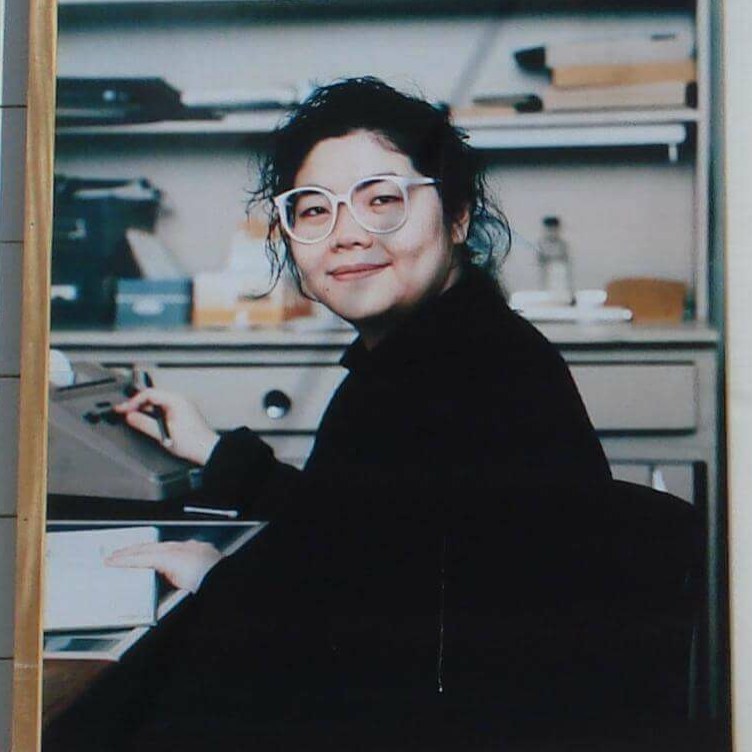 A Working-Class Hero
A Working-Class Hero
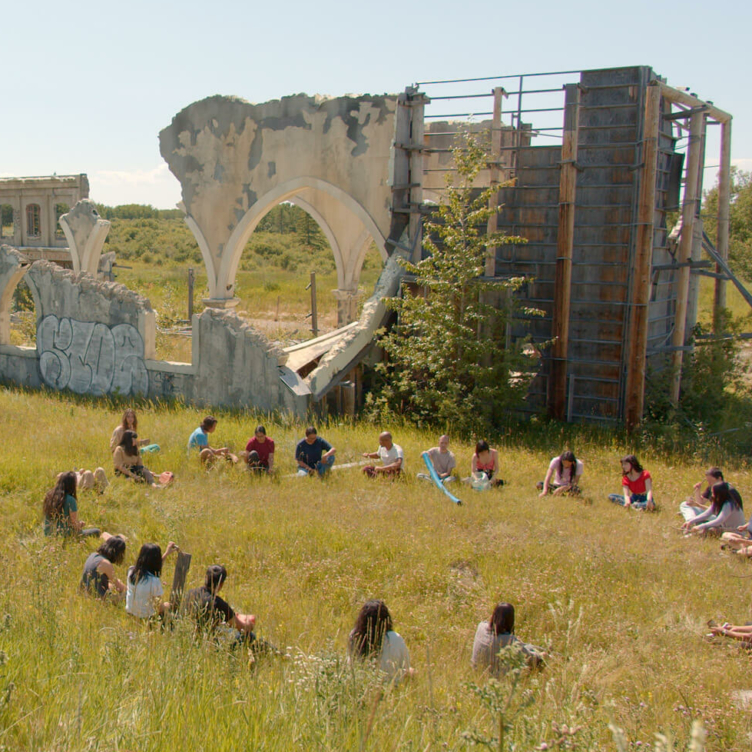 Imagining Entangled Futures
Imagining Entangled Futures
 Bridging Far and Near
Bridging Far and Near
 Soft Power
Soft Power
 Imagining Emancipation
Imagining Emancipation
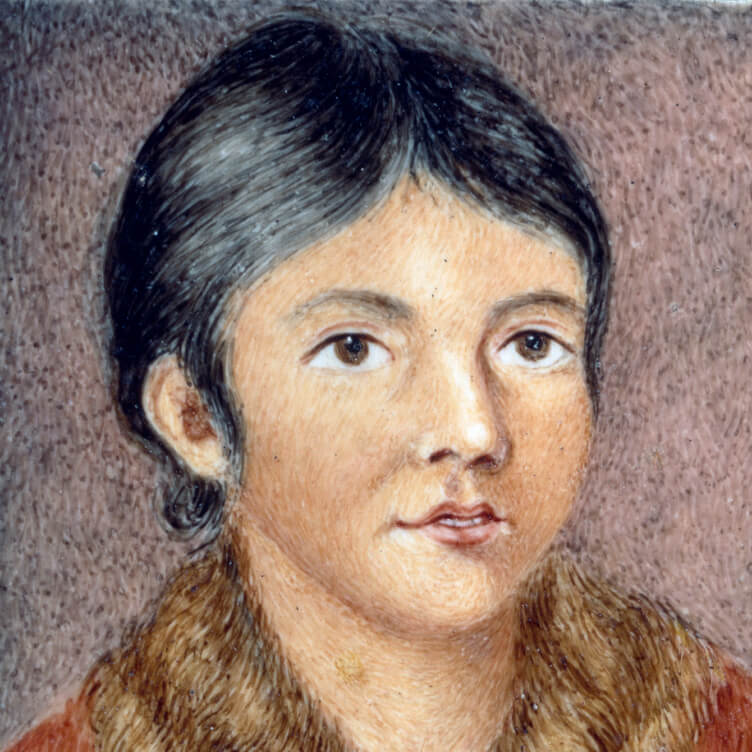 A Priceless Portrait
A Priceless Portrait
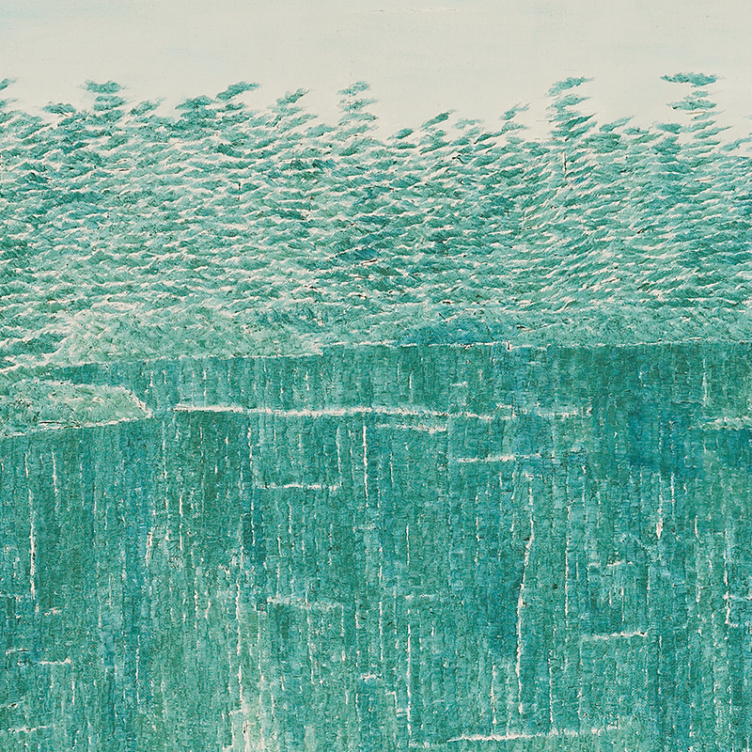 Meditation in Monochrome
Meditation in Monochrome
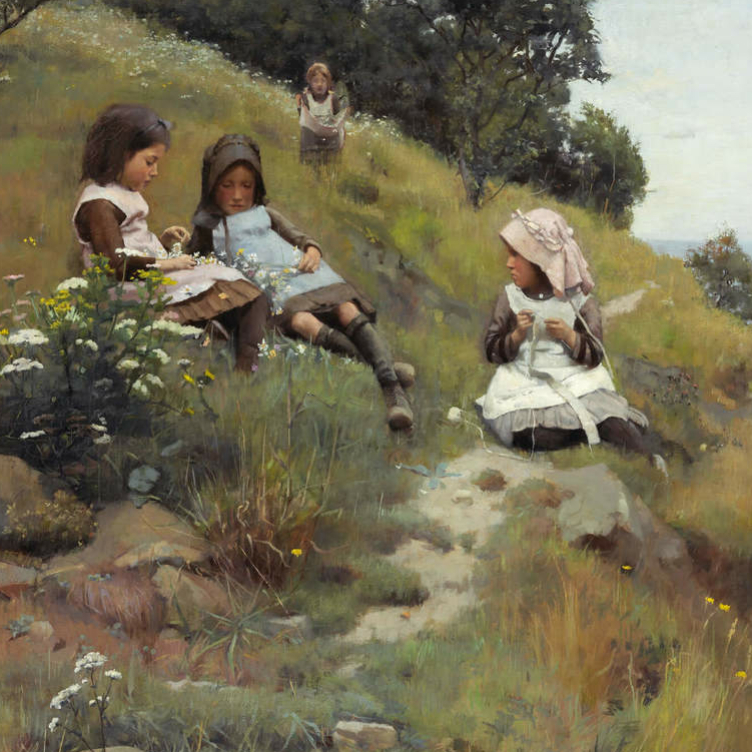 Making His Mark
Making His Mark
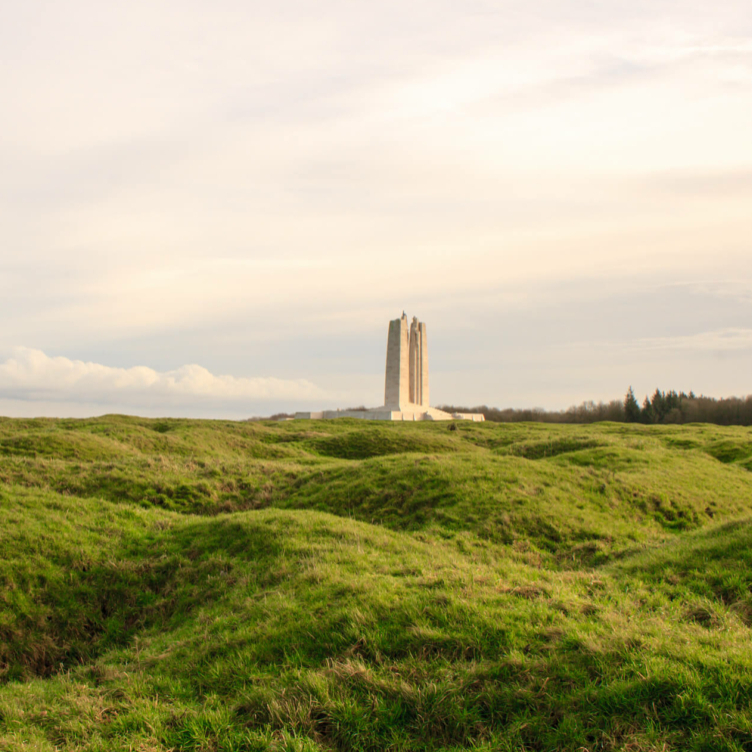 Honour and Sacrifice
Honour and Sacrifice